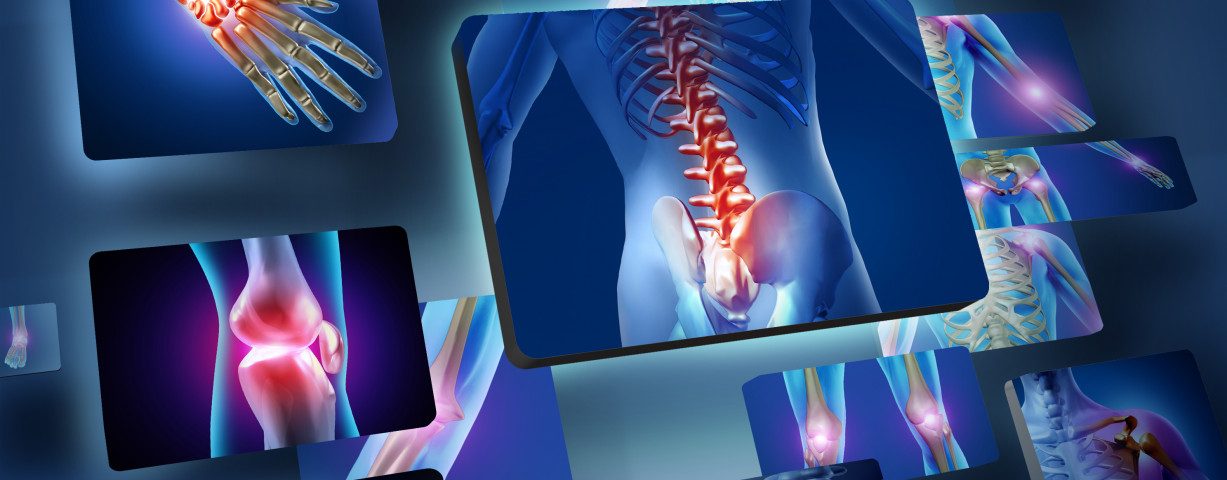Ultrasound imaging with power Doppler ultrasound is not a useful method to detect active arthritis in the joints that connect jawbones to the skull in patients with juvenile idiopathic arthritis (JIA), a study has found.
Gadolinium-enhanced magnetic resonance imaging (MRI), a method commonly used for imaging inflammation in these joints, should be the exam of choice, researchers recommend.
The study, “Is power Doppler ultrasound useful to evaluate temporomandibular joint inflammatory activity in juvenile idiopathic arthritis?,” was published in the journal Clinical Rheumatology.
JIA often affects patients’ temporomandibular joints (TMJ), the joints that connect the jawbone to the skull; from 17% to 87% of JIA patients are affected. But involvement of these joints is still under-diagnosed and under-treated.
Even though it may go unnoticed by patients (no symptoms), it can lead to impairments in facial growth, undersized jaw and chin (micrognathia), or other problems in facial bones.
That is why early diagnosis of TMJ problems are very important to prevent these anomalies. Imaging scans can be useful to identify active inflammation points and help guide local or systemic therapy.
Usually, the gold standard for detecting TMJ inflammation is MRI with gadolinium contrast, but this technique is often limited by its cost and availability.
Gadolinium is a chemical substance that enhances and improves the quality of the MRI images; although considered safe, it can be associated with some adverse reactions (allergic or non-allergic).
Ultrasound scans could be an attractive alternative because they are harmless, non-invasive, and simple to perform.
A newer type of ultrasound, called power Doppler, can detect blood flow with great detail, especially when blood flow is minimal. The technique has been found sensitive enough to identify acute inflammation in the joints of children, to follow disease activity, and to assess treatment response.
Power Doppler has been suggested as a suitable screening exam to identify inflammatory activity in these specific joints in JIA patients. However, results are controversial.
These researchers compared power Doppler to gadolinium-enhanced MRI to detect TMJ inflammation in 92 patients with JIA, age 5 to 20. Patients were referred to an outpatient clinic at Universidade Federal de São Paulo, in Brazil. Both exams were performed on the same day for each patient.
Forty-eight patients (52.2%) had oligoarticular JIA, 39 had polyarticular JIA (42.4%), and five had systemic onset disease with a polyarticular course.
Researchers found that power Doppler was not a useful method to detect inflammatory activity in TMJ. In contrast to MRI, which detected inflammation in 119 (64.7%) of the joints, power Doppler did not detect inflammation in any of the JIA patients.
“Our findings showed that for TMJ acute involvement, power Doppler was not a useful diagnostic tool, since the sensitivity was very low even in cases with obvious inflammatory process,” the researchers wrote.
According to the team, ultrasound scanning by power Doppler is not recommended and “cannot replace MRI for the detection of TMJ inflammatory involvement in JIA patients.”

